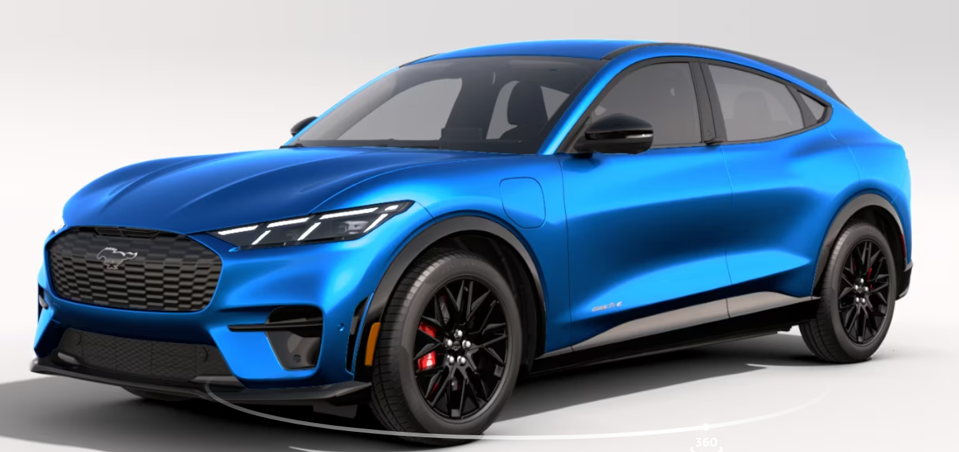Your teen just passed their driving test and wants an electric car. You’ve got the money and you think it’s a sound idea. But you worry, as any parent would. EVs are, of course, the wave of the future. But are they the right ride choice for a teen with perhaps only weeks of road experience?
Here are some pros and cons for parents. First, the pros.
They Have Modern Safety Features
Most EVs, even older ones, include up-to-date safety technologies. These may include blind spot monitoring, automatic emergency braking, rear cross-traffic alerts, backup cameras. electronic stability control and more.
These systems can support teen drivers as they gain experience, although they do not replace the need for attentive, responsible driving.
Lower Operating Costs
According to AAA, charging an EV typically costs less than half as much as fueling a small gas-powered car—approximately $47 per 1,000 miles for an EV versus $111 for gasoline. Most teens will charge at home, where electricity is cheaper. EVs also require less maintenance, with no oil changes or spark plug replacements.
They’re Ideal For Local Trips
Many early or lower-cost EVs have ranges below 200 miles. While this may seem chintzy, it’s often sufficient for local travel such as commuting to school or visiting friends. The limited range may also discourage teens from taking long, unsupervised trips without your knowledge – and you need to know where they are, in the early days, anyway. Too much stuff can happen out there.
Early Familiarity with EV Technology Will Be Handy For Teens In The Future
Driving an EV provides a head start in understanding electric mobility, including how to manage charging and energy use. This knowledge will be increasingly useful for your young ones as the market shifts further toward electrification.
Environmental Impact
Many teens are environmentally conscious and may prefer an EV for its lower greenhouse gas emissions compared to gasoline vehicles, which is, of course, good for everyone.
Cons: Here is the list of possible drawbacks to buying your kid an electric vehicle.
Instant Acceleration
EVs deliver peak torque almost immediately, which can surprise inexperienced drivers. This responsiveness can lead to over-acceleration or attempts to show off. Even experienced older drivers sometimes get a little overzealous with the accelerator – because they can. (Raises hand.)
Charging Issues
Charging at home with a standard Level 1 outlet is slow and may require overnight charging. If you’re got more than one EV, that can create a traffic jam at your house. Public charging also requires planning which may frustrate impatient or disorganized drivers.
Also, college students or those living in apartments may not have regular access to charging – or the chargers they find out in public may or may not be operational. The charging infrastructure in 2025, as personally tested by me, doesn’t yet have all the bugs worked out. For example, earlier this year I was low on electricity and my software found me a charger 11 miles away. When I got there, though, it was single dead charger behind a motorcycle dealership and obviously hadn’t been touched in months, not even with some Windex and a rag.
Battery Condition in Used EVs
Battery degradation affects range and performance. When buying a used EV, check the current battery capacity and look for an active battery warranty. Most EVs come with 8-year/100,000-mile battery coverage, and some warranties are transferable.
Limited Availability
The used EV market is still developing, and availability may vary by region. Newer models may also be in short supply in some areas.
Alternative Option: Plug-In Hybrids (PHEVs)
Plug-in hybrid electric vehicles combine electric-only driving (typically 20–50 miles) with a gasoline engine that activates when the battery is depleted. This setup allows drivers to use electricity for daily trips and rely on gasoline for longer travel or when charging is unavailable.
Please feel free to comment – are you considering an EV for your young one? Bought one and it’s going great – or not great? Thanks for reading. JM

